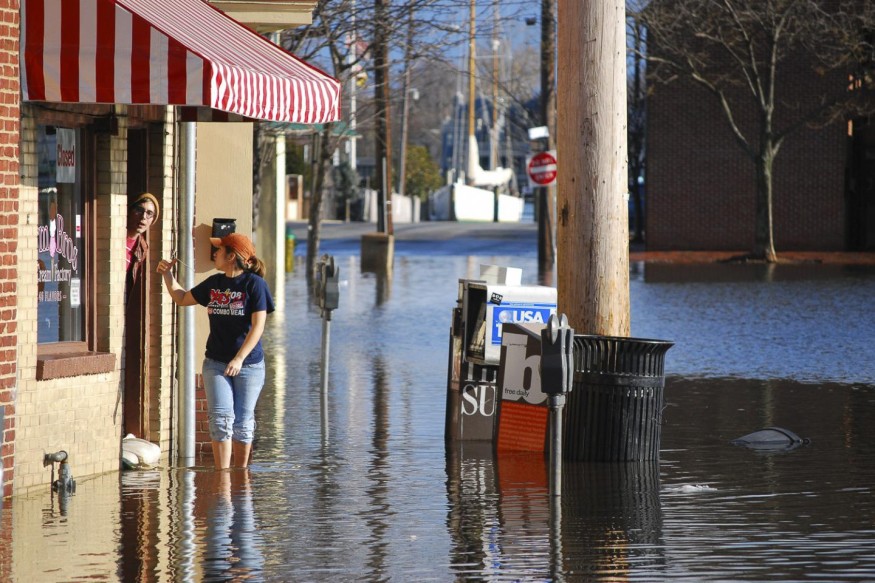
As the sea levels continue to rise, millions of people worldwide are at risk to be homeless, according to researchers.
The new report published in the journal Nature Communication this Tuesday increased the previous prediction of how many people living near coastal areas are at risk of flooding as the sea rises. Through the assistance of new technologies in elevation modeling, researchers found out that the previous prediction is threefold less.
In the 21st century, the sea level is expected to rise between 0.6 to 2.1 meters.
Benjamin Strauss, the co-author of the study and the CEO of nonprofit organization Climate Central, calls for immediate action to avoid this, especially in the affected areas.
The countries at risk...
By 2050, residential areas near coastal areas will experience severe flooding. By 2100, these areas will become permanently unlivable as it will sit below the high tide line. About 300 million people will suffer from the flooding, whereas 200 million from them will be permanently displaced.
About 70 percent of people who will experience increased flood risks yearly are all from Asian countries: China, Bangladesh, India, Vietnam, Indonesia, Thailand, Japan, and the Philippines.
Most vulnerable cities, namely Shanghai, Tianjin, and Hong Kong, are all from China. Bangladeshi capital Dhaka, and Kolkata, a city in the east of India, are also at risk. The entire southern tip of Vietnam along with its capital, Hanoi, could also be flooded.
Other than these Asian countries, coastal residential areas from 19 other countries like Brazil and the United Kingdom will be permanently submerged underwater during high tide by 2100.
Melting glaciers
The melting glaciers and ice sheets, especially from the Himalayas and Antarctica, are the primary cause of the rising sea level. The previous report said that it will add at least three feet (0.9 meters) to sea level.
According to the report of the United Nations' Intergovernmental Panel on Climate Change (IPCC) last month, Greenland, where one of the major ice sheets located, has lost at least 275 gigatons of ice yearly between 2006 to 2015. This ice sheet has the fastest shrinking rate.
Antarctica's ice sheets, which were way bigger than Greenland's, shrunk thrice from 2007 to 2015, compared to the previous decade.
"Economic and Humanitarian Catastrophe"
Straus described it as "economic and humanitarian catastrophe", and here is why:
The entire Pacific Islands could be submerged underwater, forcing its residents to be refugees. Unfortunately, there are no international laws that will obligate unaffected countries, especially the industrialized ones, to take them in. As a result, they might not have any place to go.
But even unaffected countries are not free from the impact of this catastrophe.
The rising sea level will worsen climate change, making the average global temperature hotter. Aside from severe drought that could affect our drinking water security, this means the agricultural sector is at risk, and we could be facing food scarcity. Domino effect will happen: health crisis, massive death, and disrupted the global economy.
© 2025 NatureWorldNews.com All rights reserved. Do not reproduce without permission.





